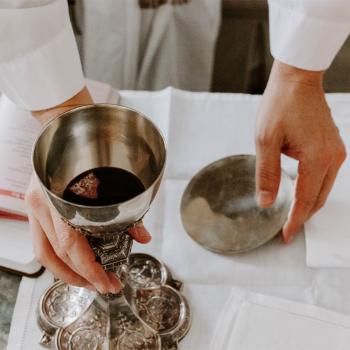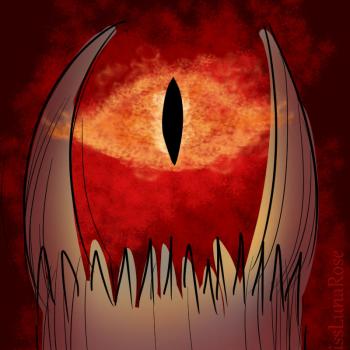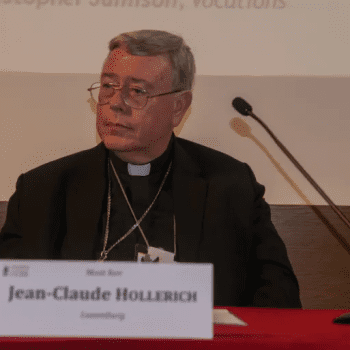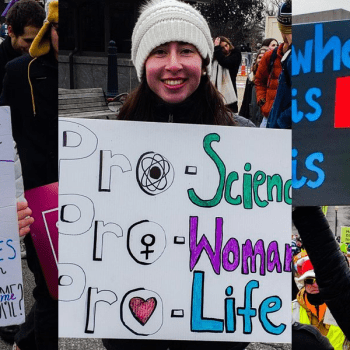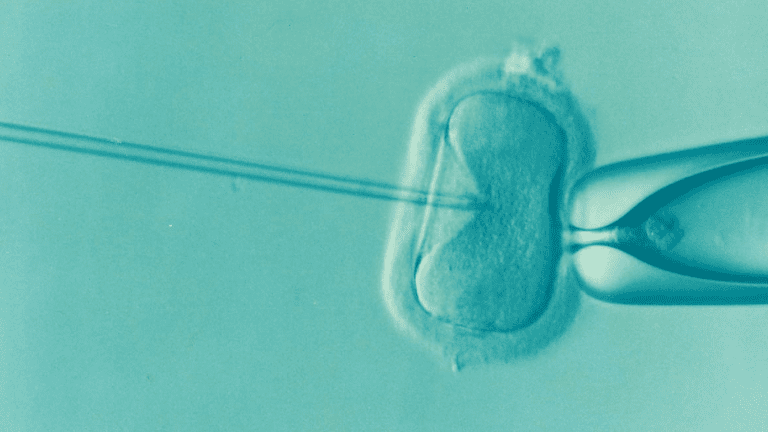
NPR has a report from inside a clinic making a three-parent baby.
In a clinic on a side street in Kiev, the capital of Ukraine, doctors are doing something that, as far as is publicly known, is being done nowhere else in the world: using DNA from three different people to create babies for women who are infertile.
“If you can help these families to achieve their own babies, why it must be forbidden?” Valery Zukin, director of the Nadiya Clinic, asks as he peers over his glasses. “It is a dream to want to have a genetic connection with a baby.”
They at least mention moral issues with this procedure
Leading ethicists and genetics researchers criticize the clinic for rushing ahead to use this method for infertility. No one knows whether children produced this way will be healthy, they say. And some worry the procedure may open the door to “designer babies.”
“This is pretty troubling,” says Marcy Darnovsky, who heads the Center for Genetics and Society, a U.S.-based watchdog group.
The article goes into detail regarding the procedure.
How Three-Parent Children Come About
First, they make two babies, both with the same male’s sperm but from different eggs, then when they’re a day old, they merge them into one. They then extract DNA from both and transfer the DNA from one to the other. The result is a baby with mitochondrial DNA from a donor egg alone and nuclear DNA of the two people paying for the procedure. Then they discard the remains of the other embryo. Thus, you have a three-parent baby: one male parent but a different female parent for nuclear and mitochondrial DNA.
They then try and implant this baby in the woman paying for the procedure. So far, 14 out of 21 attempts have resulted in the death of the baby at this stage.
Moral Issues
First of all, three-parent children involve procreation outside of a loving marital act which is the moral way to make babies. Every baby deserves to be the fruit of an act of parental love. Second, this inevitably kills half the babies created while they are still one-day-old embryos and puts other embryos at high risk of death.
Also, children have a right to know their parents. Any use of donor eggs means that someone they don’t know is a parent. Children also have a right to two parents but this procedure makes them the product of three parents.
However, there is a new issue regarding modifying genes in heritable ways. We all inherit our mother’s mitochondrial DNA so mixing it with different nuclear DNA creates a range of issues. Will it create health issues down the road? What will the result be a few generations down the road from the passing on of this combination of mitochondrial and nuclear DNA?
Vatican Ruling on Genetic Modification Related to Three-Parent Kids
In 2008, the Vatican wrote about genetic modification which is relevant as a judgment on three-parent babies:
The moral evaluation of germ line cell therapy [any genetic modification that can pass on to offspring] is different. Whatever genetic modifications are effected on the germ cells of a person will be transmitted to any potential offspring. Because the risks connected to any genetic manipulation are considerable and as yet not fully controllable, in the present state of research, it is not morally permissible to act in a way that may cause possible harm to the resulting progeny. In the hypothesis of gene therapy on the embryo, it needs to be added that this only takes place in the context of in vitro fertilization and thus runs up against all the ethical objections to such procedures. For these reasons, therefore, it must be stated that, in its current state, germ line cell therapy in all its forms is morally illicit.
I think the same judgment applies to three-parent babies as well. Combining mitochondrial and nuclear DNA from different mothers is similar to gene therapy: change a person’s DNA away from DNA at conception. This is in addition to all the problems about test tube babies made outside the marital act.
Vatican Ruling on Donor Eggs Related to Three-Parent Kids
An earlier 1998 document from the Vatican Pointed out the moral issues of using donor eggs.
Through IVF and ET and heterologous artificial insemination, human conception is achieved through the fusion of gametes of at least one donor other than the spouses who are united in marriage. Heterologous artificial fertilization is contrary to the unity of marriage, to the dignity of the spouses, to the vocation proper to parents, and to the child’s right to be conceived and brought into the world in marriage and from marriage.
We need to pray this procedure doesn’t catch on. We should also pray that all couples say no to it.



